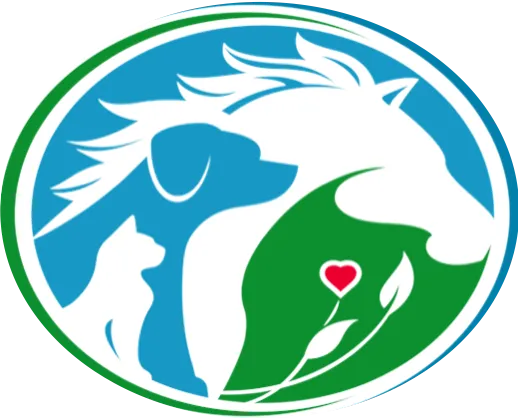Cats, Dogs, Horses, Small Pets, Birds, Poultry & Reptile
(How to Use with Fish is below)
read our testimonials & articles about
Avian Harmony and Well-being

Understanding Bird Stress Bars-A Basic Guide
Understanding Bird Stress Bars
Birds are fascinating creatures known for their vibrant colors, melodious songs, and graceful flight. However, like all animals, birds can experience stress, which can manifest in various ways, including the formation of stress bars on their feathers. In this comprehensive guide, we'll delve into the world of bird stress bars, exploring their causes, identification, and management strategies to ensure the well-being of our feathered friends.
What are Bird Stress Bars?
Bird stress bars, also known as stress marks or fault bars, are horizontal lines or bands that appear on a bird's feathers. These lines represent interruptions in the normal growth of the feather shaft and can vary in thickness, color, and prominence depending on the severity and duration of the stress experienced by the bird. Stress bars typically develop during periods of physiological or psychological stress and are visible on both primary and secondary feathers.
It's important to distinguish between stress bars and feather bronzing, as they are two different phenomena with distinct causes and characteristics. While stress bars are horizontal lines or bands that appear on a bird's feathers due to interruptions in the normal growth cycle, feather bronzing refers to a change in the color or sheen of the feathers. Feather bronzing often occurs when the outer layer of the feather shaft becomes worn or damaged, resulting in a dull or metallic appearance. Unlike stress bars, which are typically thin, dark lines perpendicular to the vanes, feather bronzing may affect the entire feather or appear as patches of discoloration. Additionally, feather bronzing is more commonly associated with aging or exposure to sunlight, rather than stress or environmental factors. By understanding these differences, bird owners can better identify and address any abnormalities in their bird's plumage, promoting optimal feather health and well-being.
Causes of Bird Stress Bars
Bird stress bars can have various causes, including environmental stressors, nutritional deficiencies, illness or injury, hormonal changes, and psychological stress. Environmental stressors such as changes in temperature, humidity, lighting, or noise levels can disrupt the normal feather growth cycle and lead to the formation of stress bars. Additionally, factors like inadequate diet, poor husbandry practices, overcrowding, or social conflict within a flock can contribute to stress in birds and affect feather quality.
Identification of Bird Stress Bars
Identifying bird stress bars requires close observation of the bird's plumage. Stress bars typically appear as thin, dark lines running horizontally across the feather shafts, perpendicular to the vanes. They may be more noticeable on lighter-colored feathers and can vary in length and intensity depending on the severity of the stress experienced by the bird. Stress bars may also be accompanied by other signs of stress, such as feather plucking, decreased activity, or changes in behavior.
Which Birds Likely to Experience Stress Bars
Stress bars can occur in various species of pet birds, although they may be more commonly observed in certain breeds or individuals. Birds that are particularly sensitive to environmental changes, such as parrots (including African Greys, Amazon parrots, and Cockatoos), canaries, finches, and budgerigars (commonly known as budgies), may be more prone to developing stress bars. Additionally, birds that have experienced trauma, illness, or significant changes in their surroundings may also exhibit stress bars on their feathers. While the presence of stress bars can vary among species and individuals, it's essential for bird owners to monitor their pets closely and provide a supportive environment to minimize stress and promote optimal feather health.
Management Strategies for Bird Stress Bars
Managing bird stress bars involves addressing the underlying causes of stress and promoting a supportive and enriching environment for the bird. Start by identifying and eliminating or minimizing potential stressors in the bird's environment, such as excessive noise, inadequate lighting, or poor diet. Provide a balanced and nutritious diet tailored to the bird's species and individual needs, ensuring adequate levels of vitamins, minerals, and essential nutrients.
Preventative Measures
Preventing bird stress bars requires proactive care and attention to the bird's physical and psychological well-being. Implementing regular health checks by a qualified avian veterinarian can help detect and address any underlying health issues early on. Providing ample opportunities for exercise, socialization, and mental stimulation can also help alleviate stress and promote overall feather health. Additionally, ensuring proper housing conditions, including adequate space, perches, and nesting areas, is essential for supporting the bird's natural behaviors and minimizing stress.
Conclusion
Bird stress bars serve as visible indicators of the challenges and hardships faced by our avian companions. By understanding the causes, identifying the signs, and implementing effective management strategies, bird owners can help minimize stress and promote the overall health and well-being of their feathered friends.
With proper care, attention, and compassion, we can create a nurturing environment where birds can thrive and flourish, free from the burdens of stress and adversity.
A Trained Animal Communicator Connects with Your Pet
With every order, a trained animal communicator connects with your pet to choose the right blend of flower essences
(e.g. Bach Flower Essences) for calming their anxiety. Custom blended flower essences are natural pet calming products.
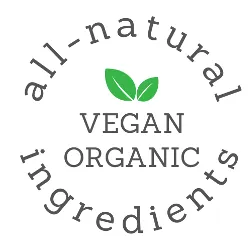

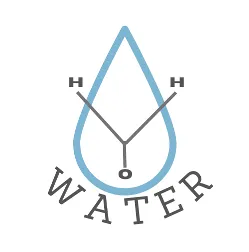
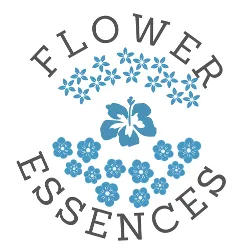
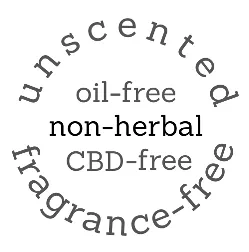

Calm Animal Solutions
Calm Animal Solutions offers customized, natural remedies for dog anxiety, and are calming for cats. Plus, we create blends for horses, small animal pets, birds, poultry, reptiles, and fish.
#CalmAnimalSolutions
on Instagram.
©2024, Catherine Winfree. All rights reserved.
Mandatory FDA Notice: The statements made regarding Calm Animal Solutions have not been evaluated by the Food and Drug Administration. These products are not intended to diagnose, treat, cure, or prevent any animal disease. Although the ingredients in Calm Animal Solutions are generally regarded as safe, you are encouraged to consult your veterinary before using any essence product (such as Bach Flower Essences, for example).
A Trained Animal Communicator Connects with Your Pet
With every order, a trained animal communicator connects with your pet to choose the right blend of flower essences (e.g. Bach Flower Essences) for calming their anxiety. Custom blended flower essences are natural pet calming products.





Mandatory FDA Notice: The statements made regarding Calm Animal Solutions have not been evaluated by the Food and Drug Administration. These products are not intended to diagnose, treat, cure, or prevent any animal disease. Although the ingredients in Calm Animal Solutions are generally regarded as safe, you are encouraged to consult your veterinary before using any essence product.

Home | Contact | Terms | Privacy Policy | About Catherine
©2024, Catherine Winfree. All rights reserved.
